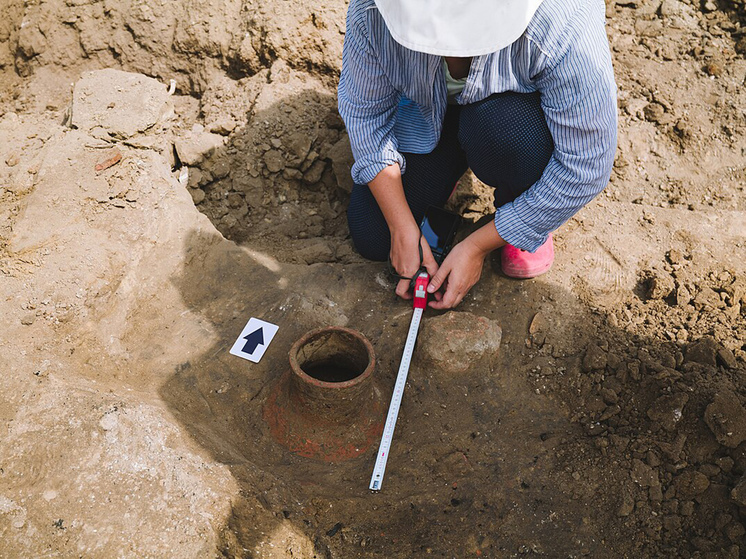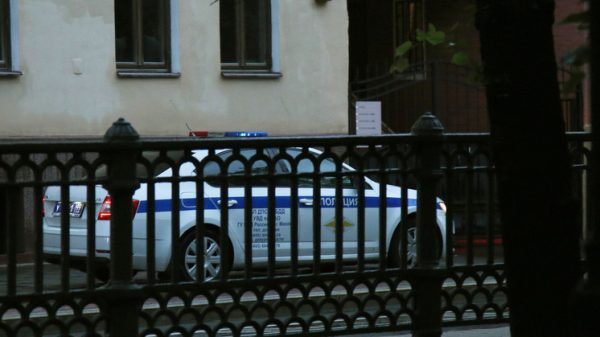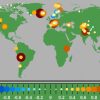The unique discovery was made using a device that penetrates the ground
According to a statement released by the University of Stavanger, a ground penetrating radar survey carried out in Norway found traces of possible pits that were part of a trading area Viking era.

Archaeologists from the University of Stavanger have identified the possible remains of a Viking Age market square on a Norwegian farm. The farm is located on the island of Klosterey, which lies off the southwest coast of Norway.
The picturesque island is renowned for its rich cultural heritage and is, among other attractions, home to Norway's best-preserved medieval monastery.
< p>In September 2023, the team conducted research using state-of-the-art ground penetrating radar technology and they found strong evidence of human activity beneath the island's surface. The scans revealed the presence of several man-made structures, including dugout houses and the foundations of three ship houses or boathouses, suggesting a busy Viking Age trade centre.
Kristoffer Hillesland from the Archaeological Museum of the University of Stavanger highlighted the prevalence of dugout houses throughout Scandinavia during the Viking Age, which often served as workshops.
«Remnants of floor surfaces can often be found in pits. There may also be holes for posts from the supporting structure, as well as a hearth. The design provides coolness in summer and warmth in winter. A common interpretation of dugout houses is that they served as workshops associated with craftsmanship,” — says archaeologist Kristoffer Hillesland.
A metal detector test revealed additional evidence, including artifacts such as coins and weights commonly used in trade. If confirmed, this discovery will be a unique archaeological breakthrough for the region.
Assistant Professor Håkon Reiersen from the Museum of Archeology is one of the leaders of this research project. For many years he had been considering the areas around Utstein Monastery as a very interesting location for possible ground-based radar research.
“We have received many metal detector finds from Utstein in recent years, including trade-related items such as weights and coins. One of the things we wanted to investigate with ground penetrating radar was whether there might be additional traces of trading activity. Therefore, I am not surprised that the results now indicate that Utstein was indeed a trading place during the Viking Age and early Middle Ages,” — states Reiersen.
Dugout houses with floors dug below ground level were common throughout Europe, especially Scandinavia and Iceland. Experts believe that these structures, equipped with vents for chimneys, served as craft workshops, providing relief from the summer heat and winter cold.
«Although many signs indicate that this may be a trading area, we do not We can be 100 percent sure until further research is carried out in the area to verify the findings,” — added archaeologist Grete Mell Pedersen.






















































Свежие комментарии